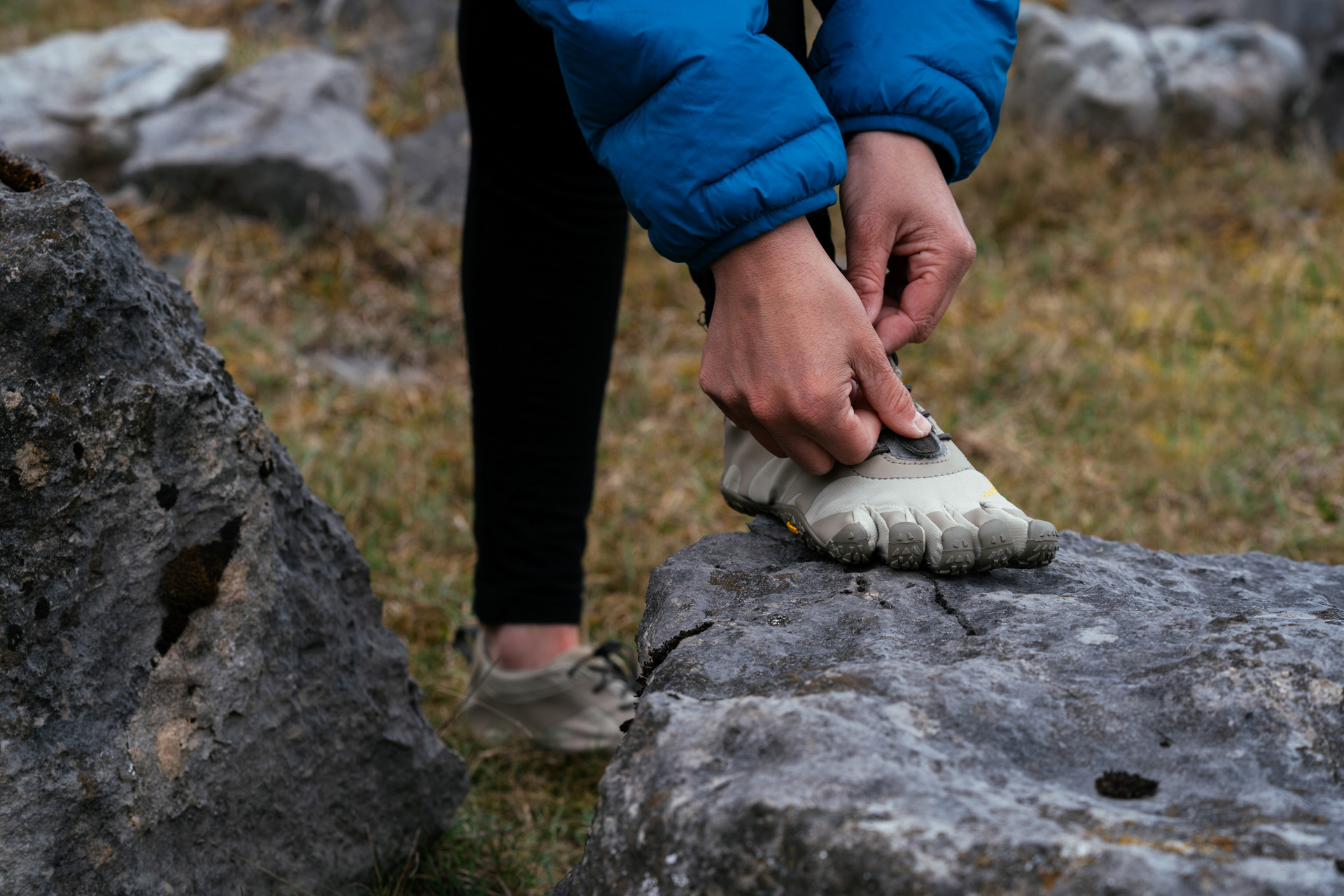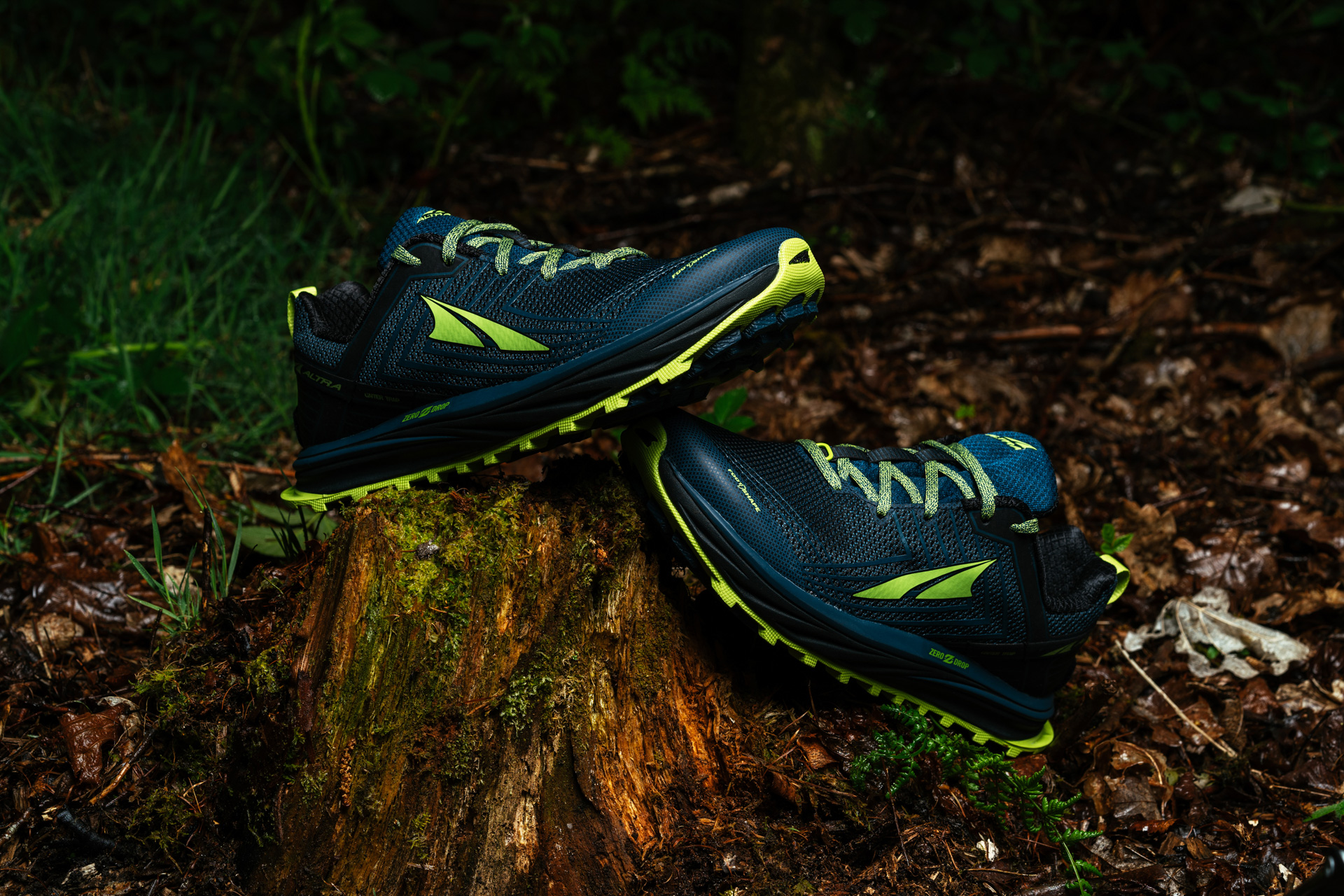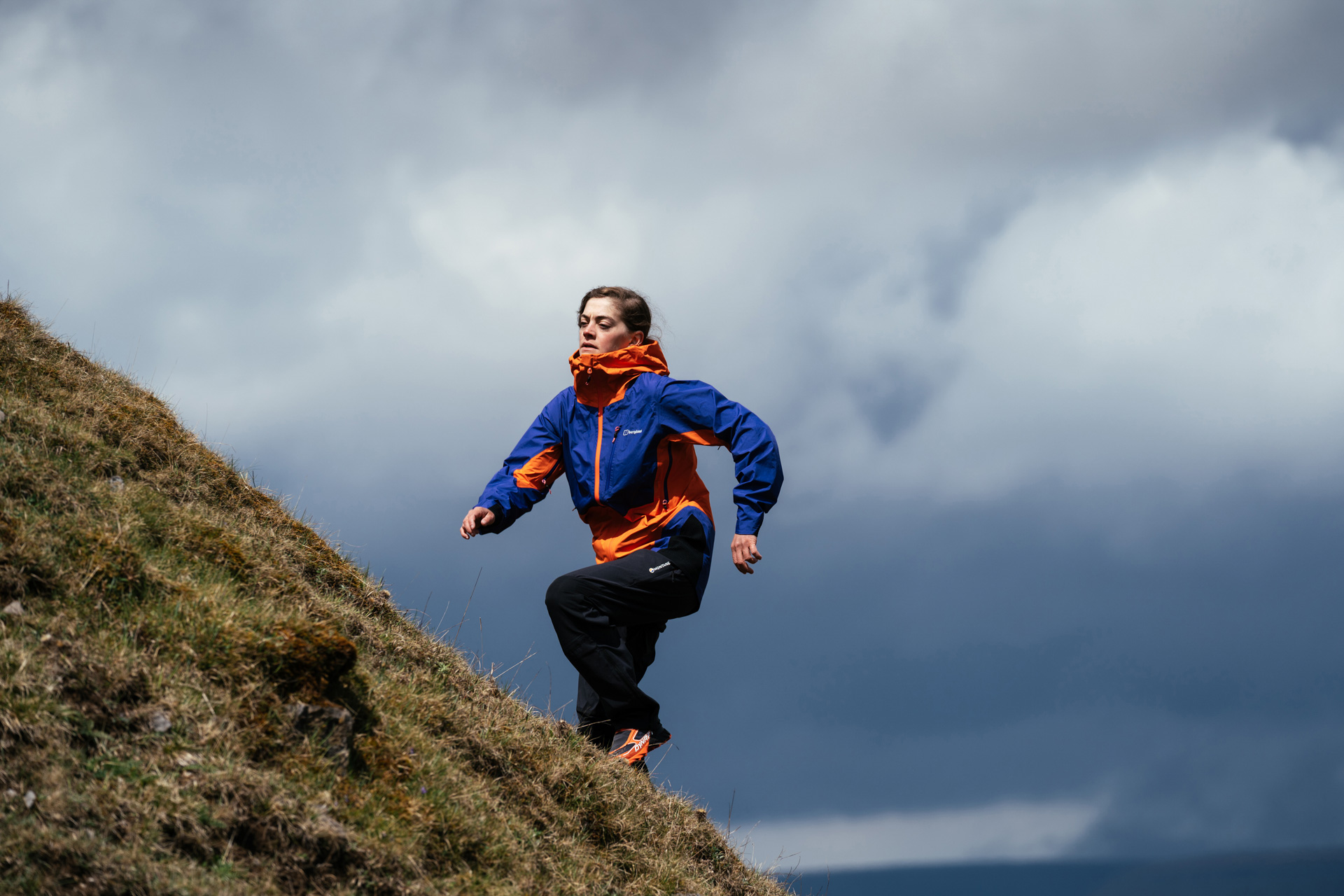Our staff editorial team here at Outdoors Magic will soon be taking part in the adidas Terrex Infinite Trails, a mega relay mountain race in the Alps. To help us prepare we’ve been speaking to some of the UK’s ultra runners to see what advice they could give us on tackling an off-road running race. Here, Huw Jack Brassington, gives us eight slightly alternative lessons he’s learnt over the course of some of the brutal trail races he’s finished, including the Berghaus Dragon’s Back and New Zealand’s Coast to Coast.
Strap your ankles. “If you’re stepping off the road for the first time, this is vital in my opinion. It is inevitable that you will roll an ankle at some point so think ahead and minimise the damage. Your ankle stability will strengthen naturally as you do more off-road running and your body will start to react subconsciously to the uneven terrain. Until you get used to it, you need to strap yourself up and concentrate fully on footwork and body position.”
Leave the heart rate monitor at home and listen to your body. “Off road running, be it on the fell or the trail, is much less quantifiable than road running. There are too many variables for these stats to mean much and trying to stick to a certain pace or heart rate would be like forcing a panda down a drainpipe – it’s morally wrong and it just does not fit! Building up enough experience to use perceived effort is much more effective.”
Trail Chewing. “With any form of exercise, it’s important to learn technique first and then up the intensity. With off-road running it’s vital. You really don’t want to come to the realisation that you can’t deal with these potholes while nailing it at 30km/hr downhill. Ease yourself in gradually and you’ll be less likely to be chewing on trail. A good place to start is to keep your arms loose and low; this lets them swing to where they need to be for counterbalance at the same time as lowering your centre of gravity and, therefore, increasing your stability.”
Trust Your Goldfish. “Off-road usually means hills and you can save a substantial amount of energy by being able to let off the breaks and flow downhill. Knowing what’s coming is key to being able to do this. I’ve been told there’s a goldfish in our brains that remembers things automatically for about 1-2 seconds (like Snapchat), this apparently includes the layout of terrain, so trust your goldfish and look up ahead and not straight down at your feet.”
Drop the Stilettos. “Road running shoes have loads of cushioning to soften road impact. The down side of this is that you are higher off the ground and are in effect running wearing mini high-heels. Now as much as I like wearing the odd pair of stilettos, there is a time and a place for it and a trail or mountainside is not it. Not only does the extra cushioning reduce stability, it’s also not necessary as you are running on softer ground. So go for a “low-profile” trail running shoe with minimal drop and less cushioning. While we’re here, don’t go overboard with big tread – an aggressive outsole is good for mud but it’ll be inefficient on harder trails, so go for a compromise (3-5mm treads) .”
Related: The Trail Shoes The Pros Wear







